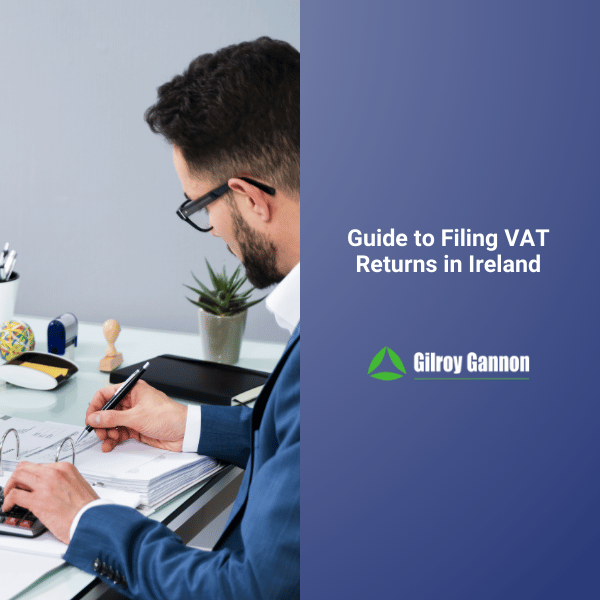How to Change Your Accountant in 10 Simple Steps

Changing accountants is common in business, especially in situations where you have outgrown your existing accountant, you need additional support, or you are unhappy with the current level of service. As a result, changing your accountant is typically a straightforward process although you can prevent any risk of disruption while ensuring the transition is as smooth as possible by following our 10 simple steps.

Step 1 – Make the Decision to Change
The first step is knowing when to change your accountant, especially if your business is growing. Reasons you should consider a switch include when your finances become more complex, or when you need more proactive support.
Step 2 – Choose a New Accountant
Once you have decided to make a change, the next step is to choose the right accountant. This starts by understanding your accounting, tax, and business needs, before selecting a suitable accounting firm.
Step 3 – Get the Timing Right
Timing can be important to ensure a smooth transition to your new accountant. The ideal time is when there is minimal activity, i.e., not coming up to the end of a financial year.
Step 4 – Agree Terms
Agree on terms and fees with your new accountant while also getting a clear understanding of the services that will be provided. Your new accountant will also be able to advise you on the transition process.
Step 5 – Tell Your Current Accountant
Tell your current accountant that you are moving to a different firm. You should do this in writing, but it is also best practice to speak to the accountant directly, either in person or on the phone. Speaking to the accountant directly is a professional courtesy and helps ensure a smooth transition.
When communicating with your current accountant, be clear about the date when the change should take place and provide your new accountant’s contact information. You might also need to give your current accountant permission to speak to the new accountant.
Step 6 – Request a Disengagement Letter
A disengagement letter from your current accountant outlines what they have done, what still needs to be done, and any important dates and information that your new accountants will need.
Step 7 – Register With Your New Accountant
Registering with your new accountant involves providing them with all the necessary information and paperwork. This will include a photo ID as your new accountant will need to carry out a standard anti-money laundering check.
Step 8 – Receive an Engagement Letter
It is recommended best practice to choose a regulated accountant when switching firms, i.e., an accountant that is a member of either Chartered Accountants Ireland or the Association of Chartered Certified Accountants. Members of both organisations will send you an engagement letter as part of their customer onboarding process.
An engagement letter defines the scope, terms, and limitations of your engagement with the new accountant. It is recommended that you read and understand the contents of this letter, seeking clarification on any points where required.
Step 9 – Accountant Correspondence
Your new accountant will write to your current accountant formally requesting your accounting and tax records, and any other relevant information. This is often referred to as a professional clearance letter.
Step 10 – Assign Authority
Assign authority to your new accountant so they can deal with the Revenue and your tax affairs.
Smooth Transition to a New Accountant
Changing accountant can seem daunting but the process is usually very smooth, especially when you are aware of and follow the steps outlined in this blog. It also shouldn’t take long, ensuring your business can benefit from the service, support, and capabilities of your new accountant with minimal delay.
Latest Blog
Check out our blog and you will get the latest news, events, and financial tips from Gilroy Gannon.









